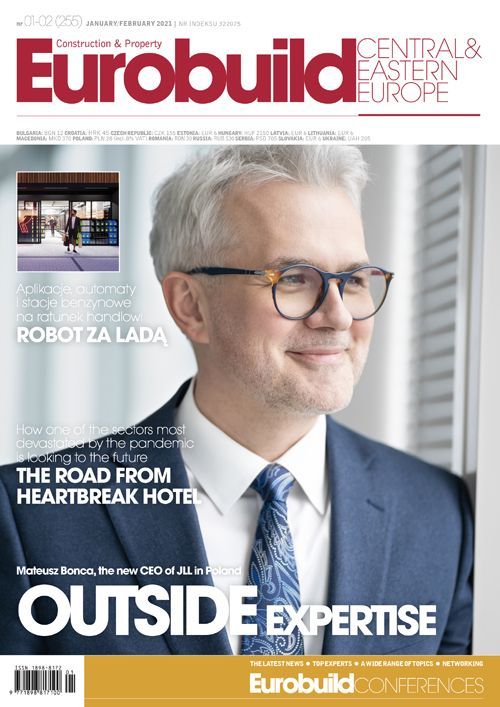Andy Warhol famously said that in the future everyone would have around fifteen minutes of fame. Well, Margaret Keenan has by now probably had her full quota, although she did have to wait almost 91 years to receive it, being the very first person to be inoculated against Covid-19under the UK’s recently launched vaccination programme. The grandmother promptly described it as “the best early birthday present”. Although the rollout of the vaccine has begun in Britain, it seems implausible that such vaccinations could be scaled up vastly in a short period of time. The vaccine itself needs to be kept at below -70⁰C, far below the temperatures typically used in modern-day logistics – and eventually around 6 bln doses will have to be produced and dispersed around the world. Despite the gargantuan challenges ahead, the entire world has let out a collective sigh of relief as salvation has appeared just around the corner. This feeling of relief was also palpable when t































































